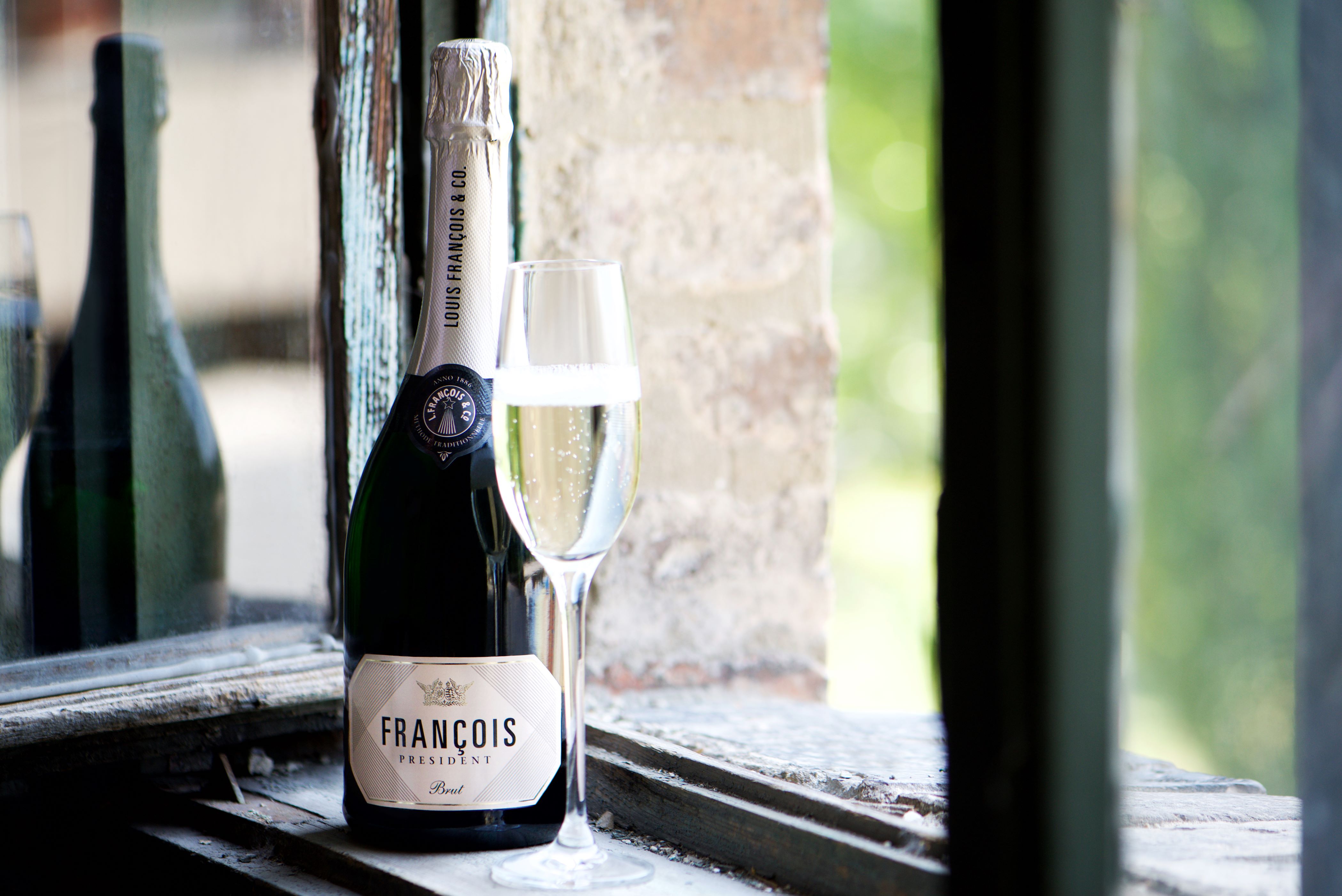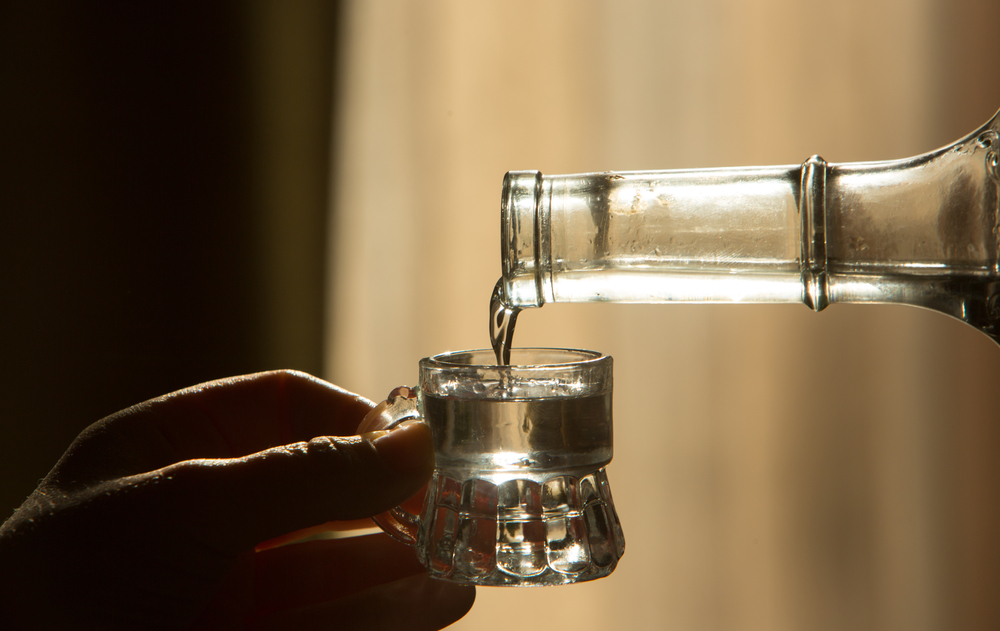Tales of Basalt and the Carpathian Basin

We wine geeks get our kicks from scarce grapes of which tiny amounts are grown, but sometimes so excited are we that we forget to consider whether the grape in question is any good or not. In fact, could it be a case of natural selection, whereby the survival of the fittest and indeed tastiest has left some grapes struggling for air and their share of the vineyard?
The Mitiszol? (What are you Drinking?) wine tasting event will be held at the Millenáris Hall “D” in District II on November 17, between noon and 7 p.m.
This brings us to Kéknyelű, which is grown almost exclusively in the black volcanic basalt of Badacsony, on Lake Balaton’s southern shore. Accounting for just 44 hectares, it is nevertheless considered a flagship of Badacsony.
At the Bormedence 2018 event held at the Hungarian National Museum on October 27, John Szabo, author of Volcanic Wines: Salt, Grit and Power, held a masterclass on Kéknyelű from Badacsony, which also included a couple of other grapes connected with it.
The Canadian, who has Hungarian roots and is also involved in wine making in Eger, is a master sommelier. He explained the effects of volcanic soil on the wine in the glass as imparting mouth-watering freshness and saltiness, with the flavors more savory than fruity.
While I’m a self-confessed cynic about the use of the word minerality, which is so oft loosely banded about, I’ve certainly detected a saline streak running through Badacsony wines, including the wines presented by Szabo.
Kéknyelű is a grape that doesn’t show much when it’s young – it tends to be painstakingly neutral on the nose with a touch of citrus and aggressively acidic on the palate, as several examples showed. [An exception was Laposa Birtok’s Kéknyelű 2017, which managed to get a good smack of pear and pineapple alongside a hint of candlewax]. However, give the wine time and your patience will be rewarded.
A Grape Worth Keeping
These neutral grapes are usually better articulators of terroir than aromatic ones. Indeed, the complexity coming through on Szeremley’s Kéknyelű 2006, with its floral, baked fruit, nutty aromas and dense, long palate with structure-building acidity, certainly had a strong sense of place. It is a bargain for around HUF 3,800 from In Vino Veritas. I’d go so far to say that it hasn’t yet reached its peak. The 1996 Magnum, however, was quite tired with the acidity having dropped off and making the wine flabby rather than tense.
On balance, it’s a grape worth keeping, as long as you do just that – give it a chance to capture that richness. In that respect it’s a bit like Hunter Valley Semillon from New South Wales, Australia, which also starts out as thin and sharp but ramps it up over a decade or two.
Kéknyelű’s future doesn’t look particularly secure, though. Szabo lamented the fact that it is not even a recommended grape for planting in Badacsony, meaning that no subsidies are available for planting it.
This late-ripening, fully female grape that makes wines that be described as thoroughly masculine needs to be pollinated by another grape variety – a deed long carried out by Budai Zöld. The latter grape usually makes light floral wines (Válibor’s is the pick of this variety for me while Folly Arborétum’s is also good), although Rózsakő – a crossing of Budai Zöld and Kéknyelű created by Ferenc Király in 1957 for propagating Kéknyelű shows good potential.
Wine was positively flowing at the Bormedence 2018 tasting, which celebrated the wines of the Carpathian Basin and particularly those made by Hungarians, including those who strut their vinous stuff beyond Hungary’s present-day borders. While some kind of patriotic-cum-nationalist theme could be felt fermenting behind the scenes, the event passed off peacefully – and a certain Romanian red wine grape stole the show for some of us.
Imre Szakacs-Orha, an ethnic Hungarian himself, held an exciting masterclass on the Fetească Neagră grape, known in Hungary as Fekete Leányka, but it’s difficult to find. He showed a broad selection of wines made exclusively from the grape, coming from far and wide across Romania. This ancient variety is thought to originate from around the village of Uricani in the Prut River valley in Iasi county, in the historical region of Moldavia.
One of the most exciting offerings, for my money, came from an ethnic Magyar – Géza Balla, with his Sziklabor 2015. It was elegant and smooth but also deep, spicy and earthy with delicious black fruit. I recall visiting the winery, which is located in the Minis (Ménes in Hungarian) wine region, near Arad, not far from the Hungarian border, when Balla was waiting for his first harvest of the grape. It has turned out to be a great decision to plant it in the granite- and diorite-based soils. From Hungary, Páger Pince’s 2017 from the Gereg vineyard in Gyöngyöspata in Mátra was promising, if a tad on the thin side.
Dry November? Not Likely
It will be a considerable challenge to negotiate a “dry November” with several epic tastings in the offing. The annual Mitiszol? (literally “What are you drinking?”) event, held in the suitably contemporary setting of Millenáris on November 17, showcases so-called “natural wines”, one of the hottest topics in the world of wine. These are wines made without the use of pesticides and herbicides and such artificial products, with natural treatments like copper, sulfur and orange oil used to spray the vines. Last year’s event served up plenty of unique and sometimes outstanding wines. Nevertheless, a few twists of nature brought about some highly unconventional and unpleasant turns to the flavors, which is indeed what can happen in this minimal-intervention, back to basics, school of winemaking.
For the second year running, Mitiszol? clashes with the Bordói November Nagykóstoló (Grand tasting), which will be held at the Corinthia Hotel Budapest.
Of the Bordeaux varieties, it is Cabernet Franc which appears most at home in Hungary. “Franc & Franc”, which will also feature Cab Franc from the New World, will be held in the grape’s Hungarian epicenter of Villány November 23-24.
SUPPORT THE BUDAPEST BUSINESS JOURNAL
Producing journalism that is worthy of the name is a costly business. For 27 years, the publishers, editors and reporters of the Budapest Business Journal have striven to bring you business news that works, information that you can trust, that is factual, accurate and presented without fear or favor.
Newspaper organizations across the globe have struggled to find a business model that allows them to continue to excel, without compromising their ability to perform. Most recently, some have experimented with the idea of involving their most important stakeholders, their readers.
We would like to offer that same opportunity to our readers. We would like to invite you to help us deliver the quality business journalism you require. Hit our Support the BBJ button and you can choose the how much and how often you send us your contributions.









